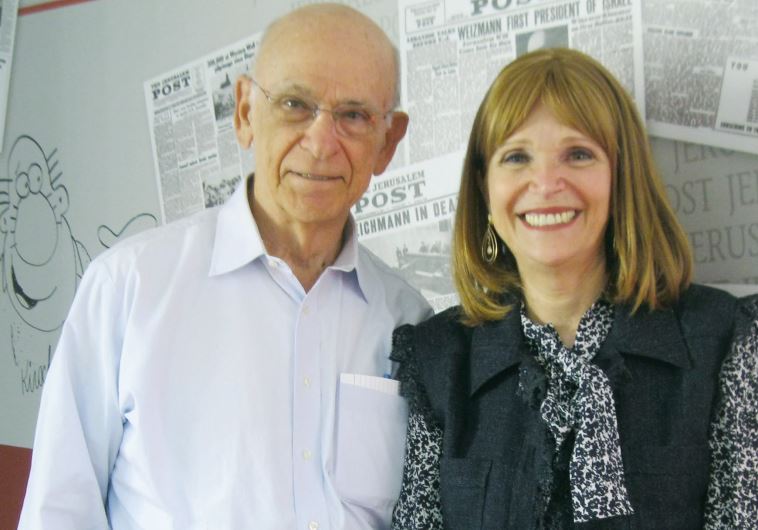The Jewish couple who fought Big Tobacco
US husband-and-wife legal team Stanley and Susan Rosenblatt never doubted they could achieve the impossible.
 Stanley and Susan Rosenblatt. They took on Big Tobacco in the courtroom and won.(photo credit: LAURA KELLY)Updated:
Stanley and Susan Rosenblatt. They took on Big Tobacco in the courtroom and won.(photo credit: LAURA KELLY)Updated: